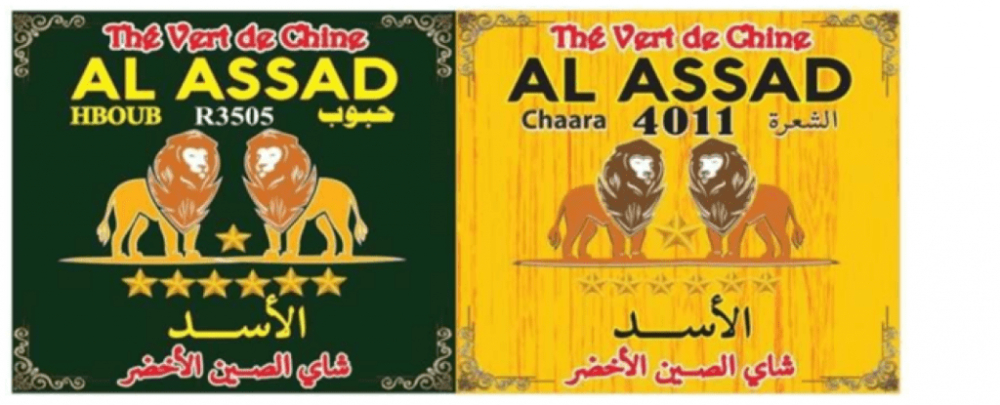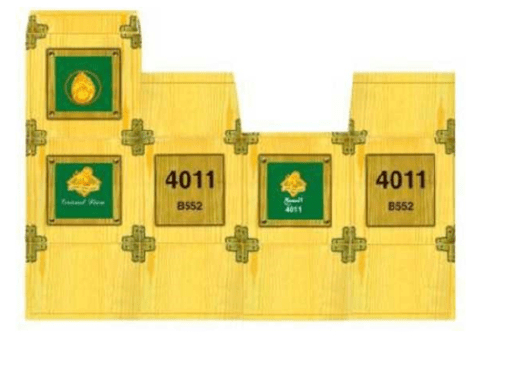This article first appeared in World Trademark Review Daily
In re Laura Food Srl v EUIPO, Bella Tawziaa II SLU ( T‑541/23), the General Court First Chamber maintained that in complextrademarks, the main figurative element cannot per se provide monopoly over an entire species, regardless of its actual applicationto the packaging.
Background
On 14 May 2020, Laura Food Srl filed an application with the EUIPO seeking registration for the following figurative sign:

On 2 September 2021, Bella Tawziaa II SLU filed an opposition against the EU trademark based on its earlier EU figurative mark,depicted below, registered in January 2015, which also covered goods in Class 30.

The Opposition Division rejected the opposition on 20 September 2022. However, Bella Tawziaa II SLU appealed, and the Board ofAppeal upheld the appeal.
Board of Appeal decision
The board determined that the relevant public comprised EU
consumers with a below-average level of attention. It found
that,while the marks were visually and phonetically dissimilar,
they were conceptually similar to an above-average degree for
English,French and Arabic-speaking EU consumers. The board
concluded that there was a likelihood of confusion between the two
marksfor the relevant public in the European Union.
At issue was the conceptual similarity, as the applicant contended
that the only common element was the representation of lions,which
were distinctively different. In contrast, the EUIPO argued that
the Board of Appeal had correctly identified an above-averagedegree
of conceptual similarity due to the lion representations.
General Cout decision
The General Court disagreed, noting the difficulty in perceiving
the lions in the earlier mark and the obscure meanings of
associatedterms for the relevant public. It concluded that the
conceptual similarity was low.
In fact, the General Court found as follows:
"The assessment of the similarity between two marks
means more than taking just one component of a compositetrade mark
and comparing it with another mark. On the contrary, the comparison
must be made by examining eachof the marks in question as a whole,
which does not mean that the overall impression conveyed to the
relevantpublic by a composite trade mark may not, in certain
circumstances, be dominated by one or more of its components(see
judgment of 12 June 2007, OHIM v Shaker, C 334/05 P, EU:C:2007:333,
paragraph 41 and the case-law cited).It is only if all the other
components of the mark are negligible that the assessment of the
similarity can be carriedout solely on the basis of the dominant
element (judgment of 12 June 2007, OHIM v Shaker, C 334/05
P,EU:C:2007:333, paragraph 42). That could be the case, in
particular, where that component is capable on its own ofdominating
the image of that mark which members of the relevant public retain,
with the result that all the othercomponents are negligible in the
overall impression created by that mark (judgment of 20 September
2007, Nestlé vOHIM, C 193/06 P, not published,
EU:C:2007:539, paragraph 43).
[Also,]
for the purposes of assessing the dominant character of one or more
given components of a composite trademark, account must be taken,
in particular, of the intrinsic qualities of each of those
components by comparing themwith those of other components... (see
judgment of 8 February 2007, Quelle v OHIM-Nars Cosmetics (NARS),
T88/05, not published, EU:T:2007:45, paragraph 58 and the case-law
cited)."
In conclusion, as an established position on confusing similarity, especially when 'genus' or, in this case, animal species are to betaken into account, it is wiser not to compare the marks by abstractly mentioning the species (eg, "lion"). This is true whencorporations need to weigh the nature of their monopoly, whereas obtaining registration for a lion as a figurative element does notnecessarily mean that no other lions could graze in the open field of our shelves.
The content of this article is intended to provide a general guide to the subject matter. Specialist advice should be sought about your specific circumstances.


